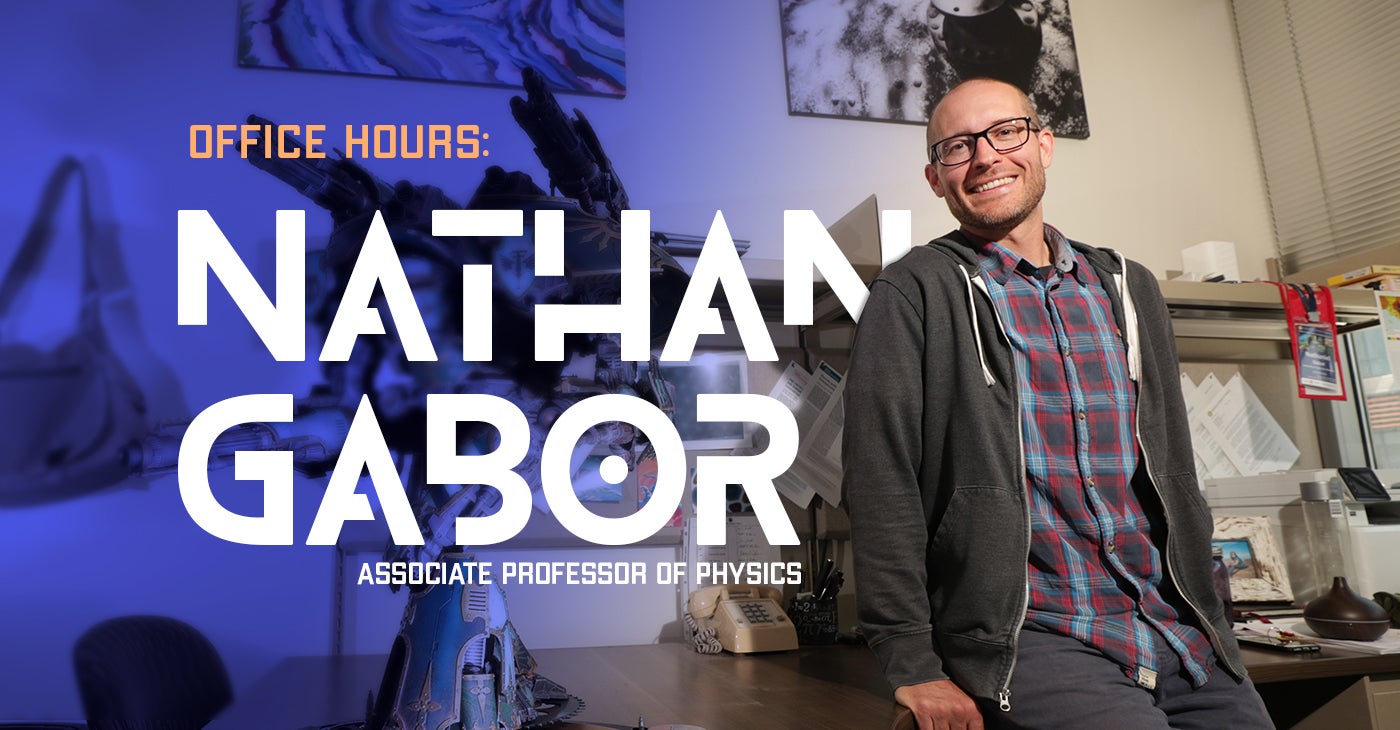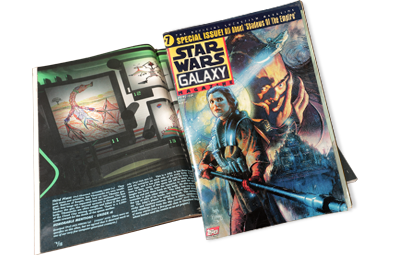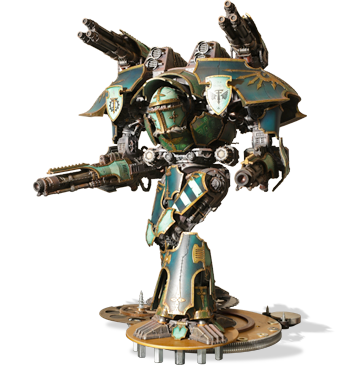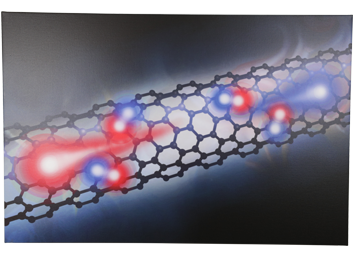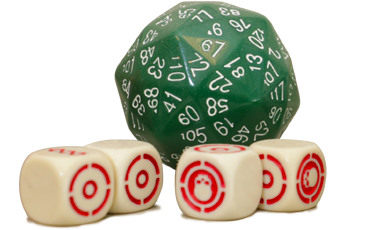Science and art mesh in the life and work of this experimental physicist.
By Jessica Weber
Nathan Gabor hadn’t always planned on becoming a scientist.
Walk into the office of the 38-year-old experimental physicist, and you’ll be greeted with an intricate robot sculpture on his desk and psychedelic artwork on the walls, all of which are his creations. Now an associate professor of physics, Gabor was originally on the path to becoming an artist.
“When I was in high school, all of my art instructors assumed that was what I was going to be,” he said. “I went to school for art, but then I started taking classes on how the human body moves … and was like, ‘Wow, physics is really cool,’ and I just never went back.”
Gabor received a bachelor’s degree in math and physics from Penn State University and went on to receive his doctorate in physics at Cornell University. He served as a postdoctoral fellow at MIT before joining UCR’s faculty in 2013. As a research professor, Gabor leads a team of postdoctoral students, Ph.D. candidates, and undergraduates studying nanoscale materials — materials made up of such a small number of atoms they can be understood only through the lens of quantum mechanics — and the effects of light on these materials as a means of understanding their behavior.
“When you get really small, everything becomes quantum mechanical, and so the rules change,” he said. “Where a lot of our physics is being used, is people are trying to develop more efficient and new ways of generating solar power. It turns out in these materials, it’s just way more efficient, and so we are trying to understand why.”
Although a seemingly drastic change in trajectory, both art and science played significant roles early in Gabor’s life, and to him, the two often go hand in hand. He equates himself to a “tinkerer” — something he inherited from his father, a mechanic and model railroader, noting the complex circuitry used by early model railroaders influenced the design of computer motherboards.
Through his father’s railroading pastime, Gabor was also introduced to scale modeling, which in the 1990s translated into painting and building detailed characters and settings for the popular tabletop game “Warhammer.” He still actively maintains this hobby, as evidenced by the desk robot — an actual “Warhammer” game piece called a titan.
“I have a blog where I teach people how to paint and build these things — this stuff is kind of a lost art,” he said. “This is all made from normal household materials. You build the whole world. It’s a completely nuts hobby.”
In addition to physics and scale modeling, Gabor teaches yoga in his spare time, a practice he began in graduate school as a form of recovery from training in competitive judo and jujitsu. Much like his interest in physics and “Warhammer,” he remains acutely dedicated to yoga.
“You know, people talk about work/life balance, and I don’t know that I have anything like that, but I feel like these other things very much support each other,” he said. “Everybody should find these things. I just happen to get really deeply involved in them.”
Despite a demanding schedule and intensive hobbies, Gabor also finds time to do regular outreach at local elementary schools and has received several grants to support his efforts, noting Riverside has a huge challenge in terms of limited resources. Working with mostly kindergartners and first graders, Gabor demonstrates science and physics in the form of play, like creating giant vortex cannons out of garbage cans. Children leave with their own kits, which allows them to do their own experiments at home.
He aims to make science fun while instilling an interest in the subject, especially in young girls, as he notes women are gravely underrepresented in fields like physics.
“(Children) haven’t yet been given all the rules that they’re not allowed to play,” he said. “Look at me. I’ve never stopped playing. I’m glad I can do that and get them interested.”
‘Star Wars’ character
A huge sci-fi fan, Gabor entered a character design contest through “Star Wars Galaxy Magazine” at age 14, winning third place. As such, his “Tibannuck” has entered the “Star Wars” universe and has since been integrated into games and included in rule books. “All this stuff is semi-official canon once it appears in these magazines, which is really strange,” he said.
BNC connector
This electrical connector is among the first pieces of equipment Gabor received for his lab at UCR, and he keeps it as something for his hands to tinker with while thinking, noting he is rarely without it. This kind of connector is typically used to connect coaxial cables used for radio frequency electronics. “It’s the symbol of our interaction with electronics and like the fingertips of the machine in a sense — this is how we shake hands with machines,” he said. “In experimental physics, we talk about that a lot, how we’re basically communing with machines all the time.”
‘Warhammer’ titan sculpture
Gabor, an active “Warhammer” blogger, spent roughly nine months constructing this sculpture. He intricately painted each piece, adapting techniques he learned from his father’s model railroading. The figure, which can be used as an actual game piece, is held together by magnets. Gabor had a newborn at the time he built the titan, and he recalled sleepless nights, rocking his baby in one arm while cutting plastic in the other. He has shown the sculpture at conventions in Los Angeles and Las Vegas.
Nanotube artwork
A former avid painter, Gabor would create live paintings during friends’ music shows, often completing full works within a few hours. This piece hangs in the hallway beside his office. It began as an oil painting, now displayed as a postcard print in his door, which he then overlaid with a digital rendering of a carbon nanotube — a tube of carbon atoms in a hexagonal pattern that have several applications in physics and engineering. Originally used as an illustration for a paper, this image has now appeared in numerous places, including as the website banner for the Kavli Institute at Cornell.
Dice collection
Gabor has a large collection of dice, several of which he keeps in his office, including the iconic 20-sided die from the roleplaying game “Dungeons and Dragons,” and 120-sided dice designed by mathematicians, which he notes is the largest volume “fair” die you can make with an equally likely chance of landing on any face. “I use dice to teach a lot about physics,” he said. “In classical statistical mechanics, you use basically the statistics of dice, but you’re counting dice that have billions and trillions of sides. The rules are basically the same.”
